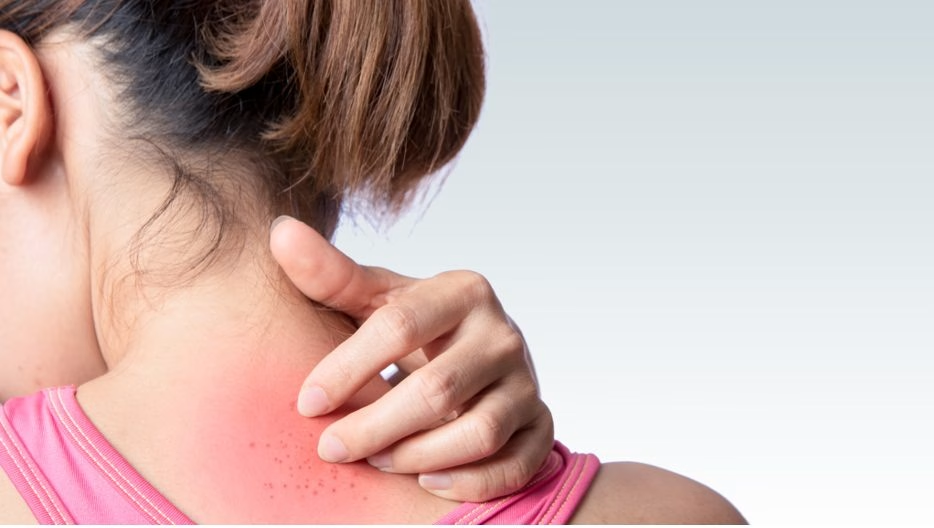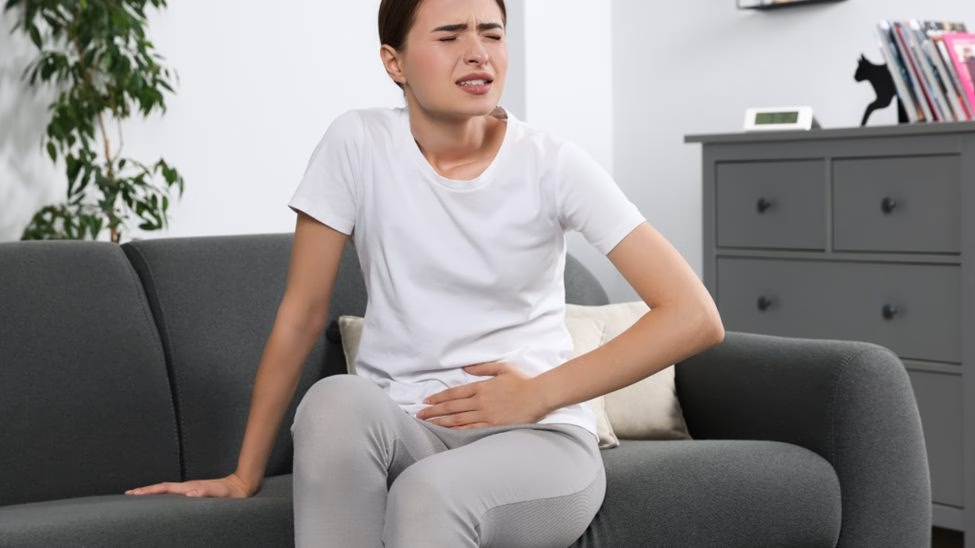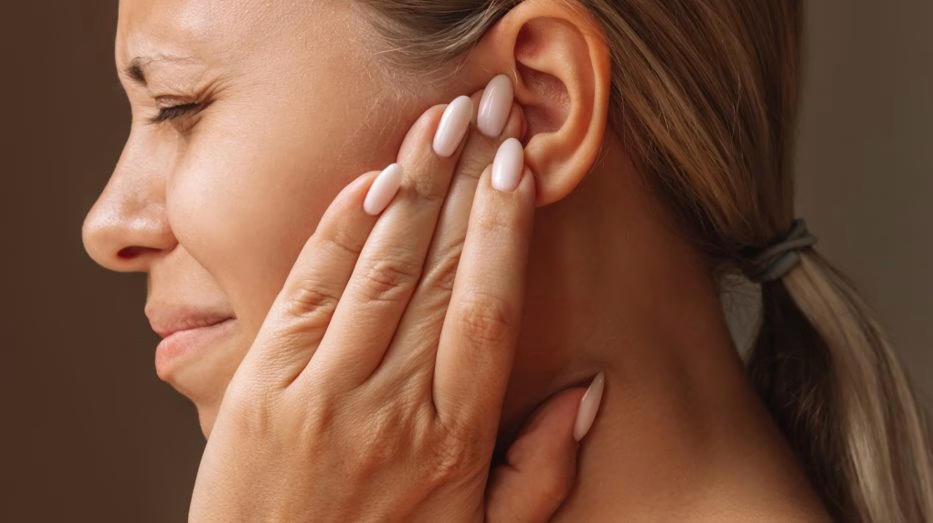
Warm, sunny days often mean more time outdoors—whether you're at a picnic, spending hours by the pool, or just enjoying the sunshine. But too much sun can take a toll on your skin quicker than you might expect. What starts as a bit of redness can turn into painful burning, peeling, or even blisters. Many people don’t realize they’re getting sunburned until it’s too late. That’s why it’s important to know the early signs, how to treat sunburn properly, and simple steps to help protect your skin in the future. Here's what to watch for and how to take care of your skin if sunburn strikes.
Identifying the Top Sunburn Symptoms
- Redness and warmth
The earliest sign is the appearance of red, inflamed skin. This redness happens as your body increases blood flow to the affected area to repair the UV-induced damage. Along with the redness, the skin often feels warm or even hot to touch. This heat is not just from the sun itself but is also part of the inflammatory response occurring beneath the skin’s surface. Symptoms typically develop a few hours after sun exposure and may worsen over the next 24 hours. - Pain or tenderness
As the skin becomes inflamed, it also turns sore. Even light pressure from clothing or a gentle touch can cause discomfort. This pain stems from the damage UV rays have done to the skin cells, triggering your body’s natural pain response. Movement, stretching, or lying on the sunburned area may intensify the tenderness, making even routine activities uncomfortable. - Swelling
Moderate to severe sunburn may cause localized swelling, particularly on more delicate or frequently exposed areas like the face, neck, and shoulders. This swelling is the result of increased blood flow and fluid buildup under the skin, which happens as part of your body’s healing mechanism. While it’s a normal response, excessive swelling can be uncomfortable and, in rare cases, might restrict movement or lead to further complications. - Blistering in severe cases
Blisters are a sign of a more serious, second-degree sunburn. These small, fluid-filled sacs develop as a way to cushion and protect deeper layers of skin while they heal. Blistering may appear hours or even a day after exposure, and though tempting, blisters should not be popped, as doing so increases the risk of infection and slows healing. - Peeling skin a few days after exposure
Once the top layer of damaged skin dies, the body sheds it in the form of peeling. This usually starts a few days after the initial sunburn and can last up to a week. While peeling is a natural part of the healing process, it can cause itching and leave skin extra sensitive. It’s important not to pull or pick at peeling skin to avoid scarring or further irritation. - Fatigue, headache, or mild fever
In cases of more extensive sunburn, especially when large areas of the body are affected, systemic symptoms like fatigue, low-grade fever, headache, or chills may develop. These are signs that the body is under stress and dehydrated. They may also indicate early signs of sun poisoning, a more serious condition that may require urgent care attention.
How to Prevent Sunburn in Hot and Sunny Weather
- Apply sunscreen generously
Always use a broad-spectrum sunscreen with an SPF of at least 30. Apply it 15–30 minutes before going outdoors, and reapply every 3 to 4 hours or after swimming and sweating. Make sure to cover all exposed areas, including the ears, neck, and tops of feet. - Dress for protection
Wearing long sleeves, wide-brimmed hats, and UV-blocking sunglasses provides a physical barrier against the sun’s rays. Choose light-colored, tightly woven fabrics for better sun protection. - Seek shade
Try to avoid direct sunlight during peak hours, typically from 11 AM. to 3 PM. If you're outside during this time, stay under trees, umbrellas, or shaded structures whenever possible. - Stay hydrated
Exposure to the sun can dehydrate your body, making it harder for your skin to recover. Drinking plenty of water before, during, and after outdoor activities helps maintain healthy skin and supports the healing process. - Be mindful of reflective surfaces
UV rays bounce off surfaces like sand, water, snow, and even concrete. This reflection can intensify your exposure, so even in shaded areas or on cloudy days, protection is still necessary.
Top Sunburn Treatment Options For Quick Relief
- Cool the Skin
The first step in treating sunburn is to cool the affected area to reduce heat and discomfort. Apply a clean, cool, damp cloth to the skin several times a day, or take short baths using lukewarm water to soothe inflammation. Gently pat the skin dry afterwards, do not rub, as this can further irritate sensitive skin. Avoid applying ice or very cold water directly, as sudden temperature changes can damage already inflamed tissue and slow the healing process. - Moisturize
Once the skin is dry after cooling, apply a gentle, unscented moisturizer to help retain moisture and create a protective barrier. Products containing aloe vera or soy are excellent choices for sunburned skin, as they have soothing properties. Avoid lotions that contain alcohol, dyes, or strong fragrances, as these ingredients can further irritate the skin. Reapply the moisturizer frequently throughout the day, especially as peeling begins. - Pain Relief
To reduce discomfort and swelling, over-the-counter pain relievers can be helpful, especially during the first 24 to 48 hours when symptoms are most intense. If the pain becomes difficult to manage or is accompanied by other concerning symptoms, it’s best to visit an urgent care center for further evaluation and relief. - Hydrate
Sunburn doesn’t just damage the skin—it also draws fluids away from the rest of the body to aid in healing the affected area. This can lead to dehydration, which in turn can slow down the recovery process. Drinking plenty of water throughout the day is essential. You might also include hydrating foods or electrolyte-rich drinks to replenish lost fluids. - Avoid Further Exposure
Exposing sunburned skin to more UV rays can worsen the condition and delay healing. Stay indoors as much as possible until the skin recovers. If you need to be outside, wear loose-fitting clothing that covers the burned areas and use a high-SPF sunscreen to protect any exposed skin. Giving your skin the chance to rest without additional stress is key to a quicker recovery and to avoiding complications like infection or long-term skin damage.
When to Seek Urgent Care
Most cases of sunburn heal with home care, but some situations may need urgent care attention. If the burn covers a large area, is intensely painful, or causes blisters, it may be more than just a mild reaction. Symptoms like fever, chills, nausea, or dizziness could signal sun poisoning. Sunburn is easier to prevent than to treat, but when it happens, early care is essential. Don’t wait for the condition to worsen. Timely care can ease discomfort and support proper healing. Visit AFC Urgent Care Greenhouse Rd serving Houston & Katy, TX if symptoms become severe or concerning.


